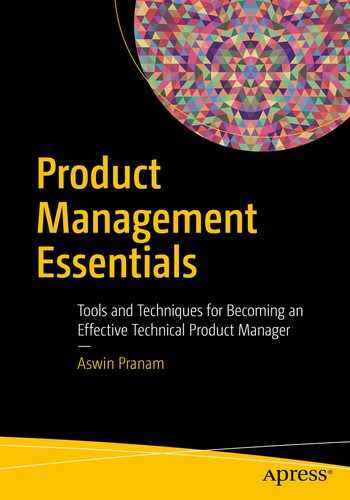Amelia started her digital career as a content editor but soon found herself drawn to user experience and business dynamics so transitioned to product management. She is a performance-driven and analytical product manager with experience building successful products for leading online companies around the world including Amazon, Lonely Planet, Martha Stewart, and some of Australia’s most successful startups. She values and enjoys a collaborative approach to building products. She is skilled at taking complex problems, breaking them down and setting a clear vision and roadmap to success.
What does the term “product manager” mean to you?
Leading a team of different disciplines and setting a vision for them to work together to build something that provides value to users and the business.
What’s the best piece of advice you have for new product managers?
Listen and learn from your customers, from your development and design colleagues, and from other people in the business. Your job is not to know everything, but you do need to have a good understanding of all parts of the business to be an effective product manager.
What misconception do people generally have about the product manager role?
I think the “CEO of the product” description of product management can lead people to believe that the role is fully autonomous and that they will get to make all the decisions. This isn’t the case.
Effective product managers collaborate, communicate, and influence. They align teams behind a shared vision and strategy and enable that team to make great decisions that are aligned to the goals of the business.
What’s your favorite interview question for a product manager?
I like to ask about decisions that turned out to be the wrong ones and what they learned from that experience. The ability to be lean and agile in your thinking and reflect and learn from mistakes is more important than being right all of the time.
Describe your process for prioritizing requirements
Prioritization is an exercise in understanding what features and requirements are going to have the most impact in terms of meeting your goal.
That implies that the goal needs to be very clear and understood by everyone; you can’t prioritize without a clear goal.
Prioritizing based on that goal and doing it transparently with your team is the most effective way of avoiding confusion and gaining a shared understanding of what’s important and why. This also means that the micro decisions team members are making in the code or in the design are more likely to stay aligned as well.
What’s the best way to validate an idea with users before moving forward with development?
I wholly subscribe to Marty Cagan’s teaching around addressing four key risks in discovery: value, usability, feasibility, and business.
Every project will require a different toolset to explore these risks, but a) understanding the numbers and what success looks like b) talking to users c) exploring the technical implications and d) talking to key business partners like lawyers and customer service is always key.
